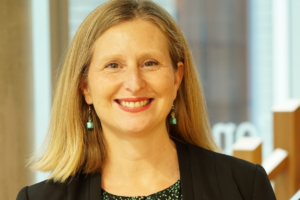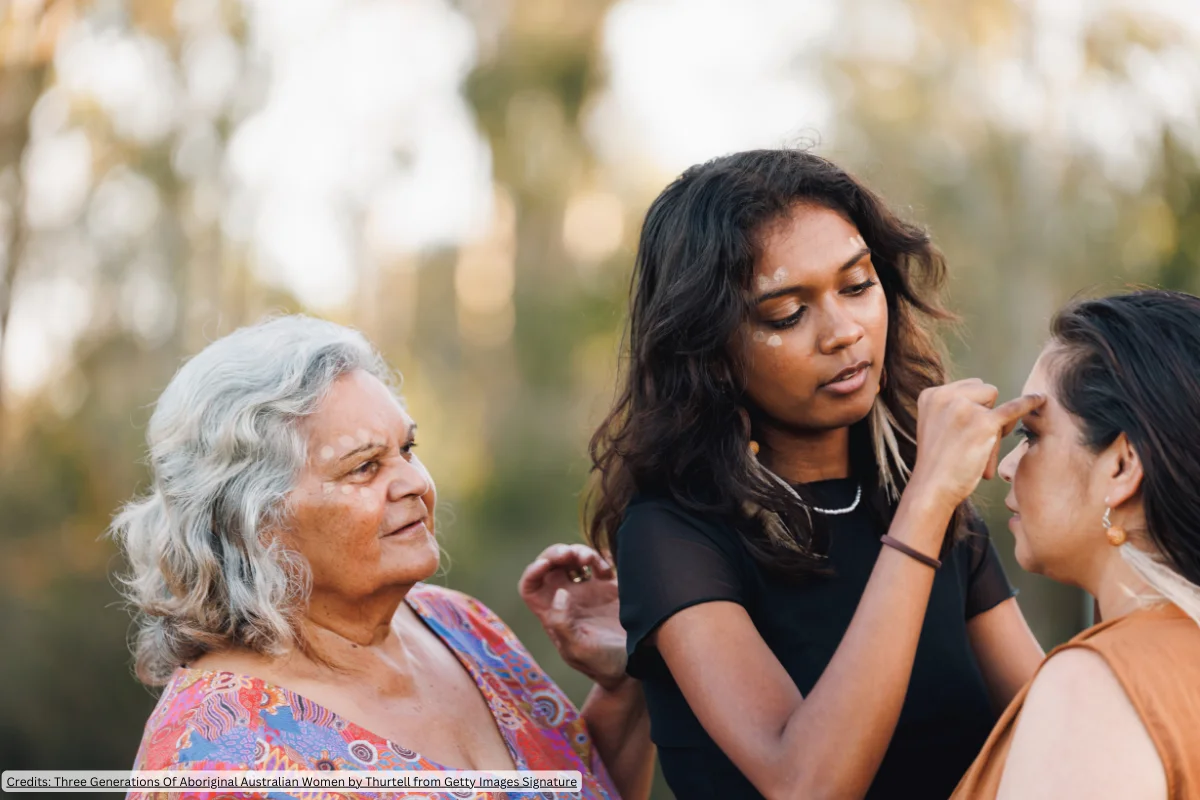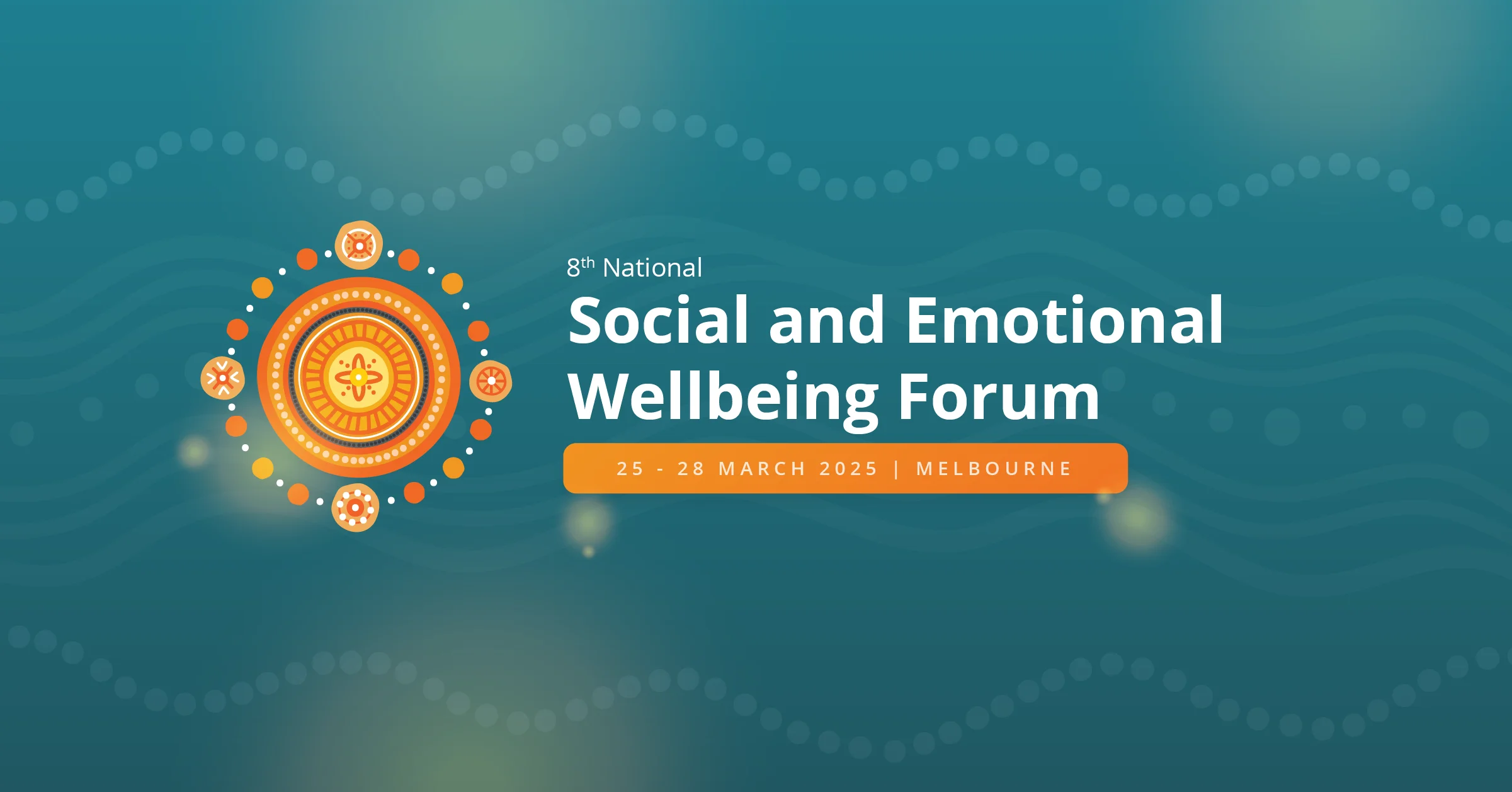New data shows the rates of developmental vulnerability continue to increase the further a child lives from a metropolitan centre, and the gap between city and country has widened over the past three years.
“The impact of COVID, coupled with the compounding natural disasters of drought, bushfires and floods has had a negative impact on country children and more needs to be done to make sure a child’s start in life is not determined by their postcode,” said Royal Far West CEO, Jacqueline Emery.

The 2021 figures released late last month by the Australian Early Development Census (AEDC)*, show that the gap between children with developmental challenges starting school in rural and remote areas compared to their city counterparts has widened since 2018.
The five key AEDC domains of early childhood development include physical health and wellbeing; social competence; emotional maturity; language and cognitive skills (school-based) and communication skills and general knowledge. AEDC domains have been shown to predict later health, wellbeing, and academic success for children.
The 2021 Australian Early Development Census figures show that the number of children who were vulnerable in one or more domain:
- remained steady in major cities compared to 2018 figures at 20.8%
- increased by 1.4% for those living in inner and outer regional areas, from 23% in 2018 to 24.4% in 2021
- increased by 0.3% for those living in remote and very remote areas from 34.1% in 2018 to 34.4% in 2021
Emery said the 2021 AEDC figures highlight that those children who are already disadvantaged, the majority who live in rural and remote areas, are slipping further behind, especially those with two or more developmental vulnerabilities.
The 2021 AEDC figures show that one in five children starts school with a developmental vulnerability, and these rates are higher in regional areas and more than twice as high in very remote areas. Children in very remote areas are twice as likely to be vulnerable in one or more domains and almost three times as likely to be vulnerable in two or more domains compared to children living in major cities.
The figures highlight there has been a worsening in overall developmental vulnerability (1 or more domains) between 2018 and 2021 (21.7% to 22%). and in developmental vulnerability 2 or more domains) between 2018 and 2021 (11% to 11.4%).
The decline has also been significant for Aboriginal and Torres Strait Islander children, who saw a 1% increase in developmental vulnerability in 2021, reversing progress towards Closing the Gap targets.
In its recently released 2021 national report, the Australian Early Development Census said, ”These changes can appear to be small, but they are significant, with real impacts at the community level.…. This highlights the fact that substantial support is still needed for these children to have the best chance of thriving through their school years.”
RFW data analysis, using 2021 AEDC figures and ABS population data, shows that as many as 190,000 children aged 0-12 years living in rural and remote areas of Australia need developmental supports – an increase of more than 10,000 children compared to 2018. 2
“Up to a third of children are able to access supports that they need where they live,” Emery said.
Emery said early intervention screening, assessment and therapy for developmental vulnerabilities was the answer to reducing the gap and is key to setting country children up for the best start to life and learning.
“For young children, aged 3-5 years, this includes assessing and addressing school readiness. For kids aged 6-12 years, improved access to allied health support, especially multidisciplinary supports for children with more complex needs, is vital to help these children to reach their full potential.”
Emery said the pressures of workforce shortages in rural and remote areas, like allied and mental health professionals, exacerbated the challenges in these locations.












